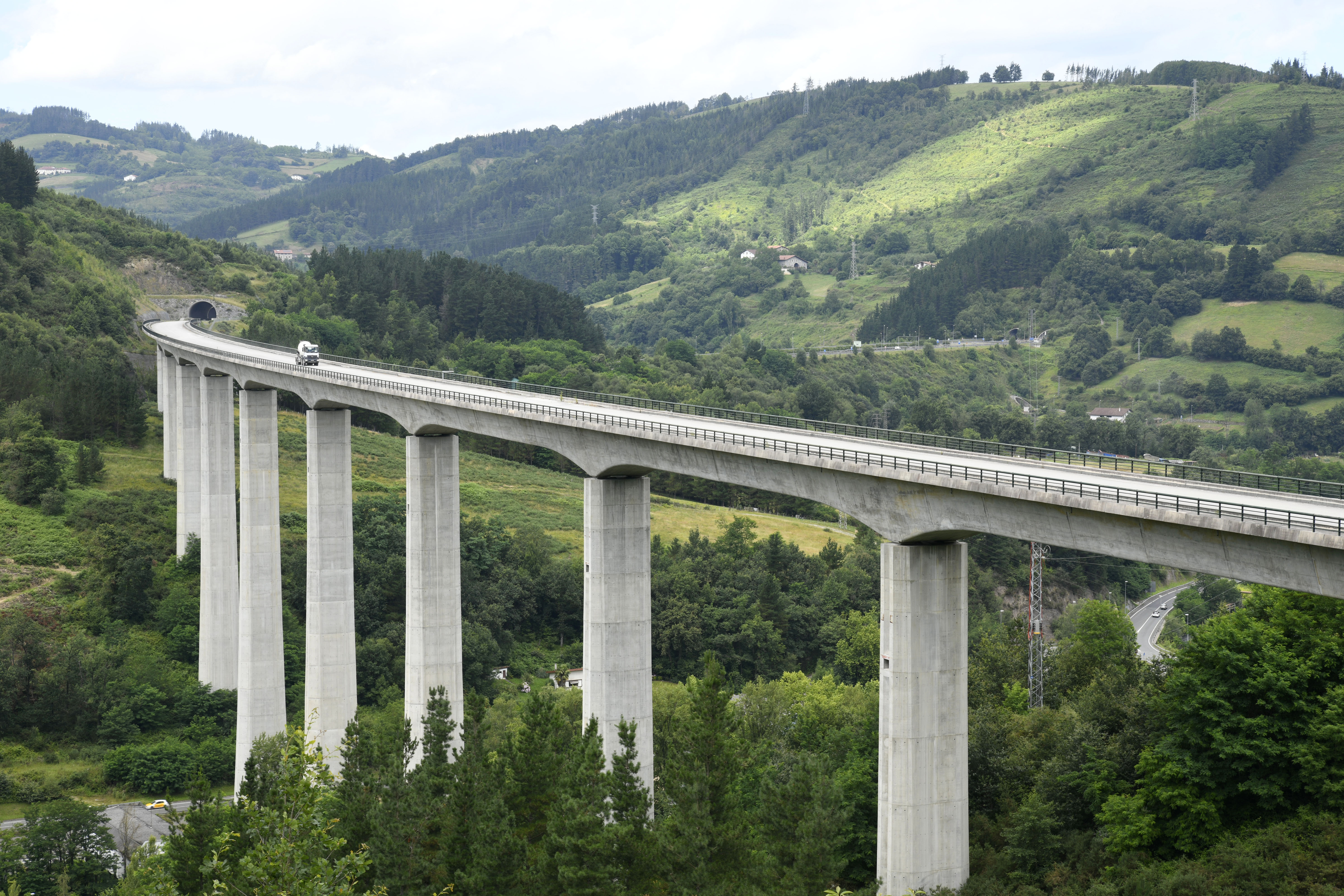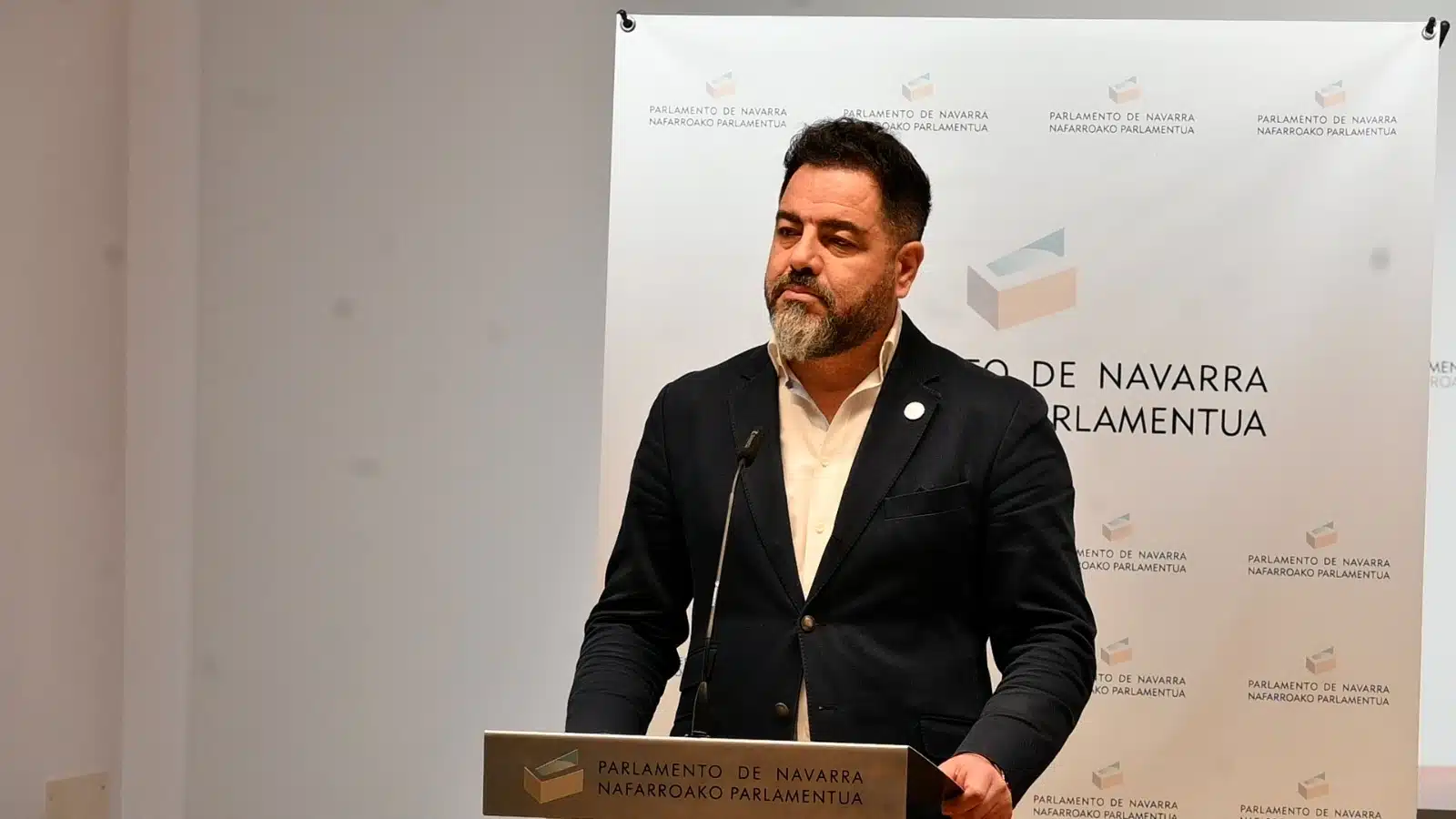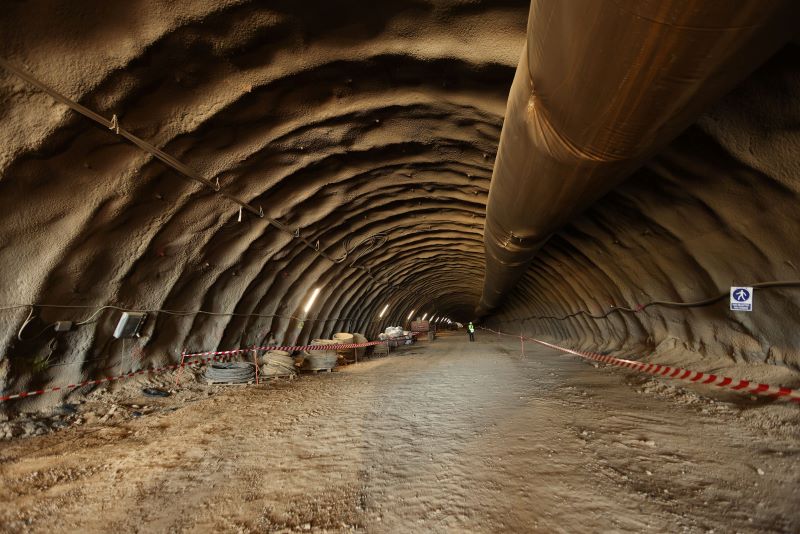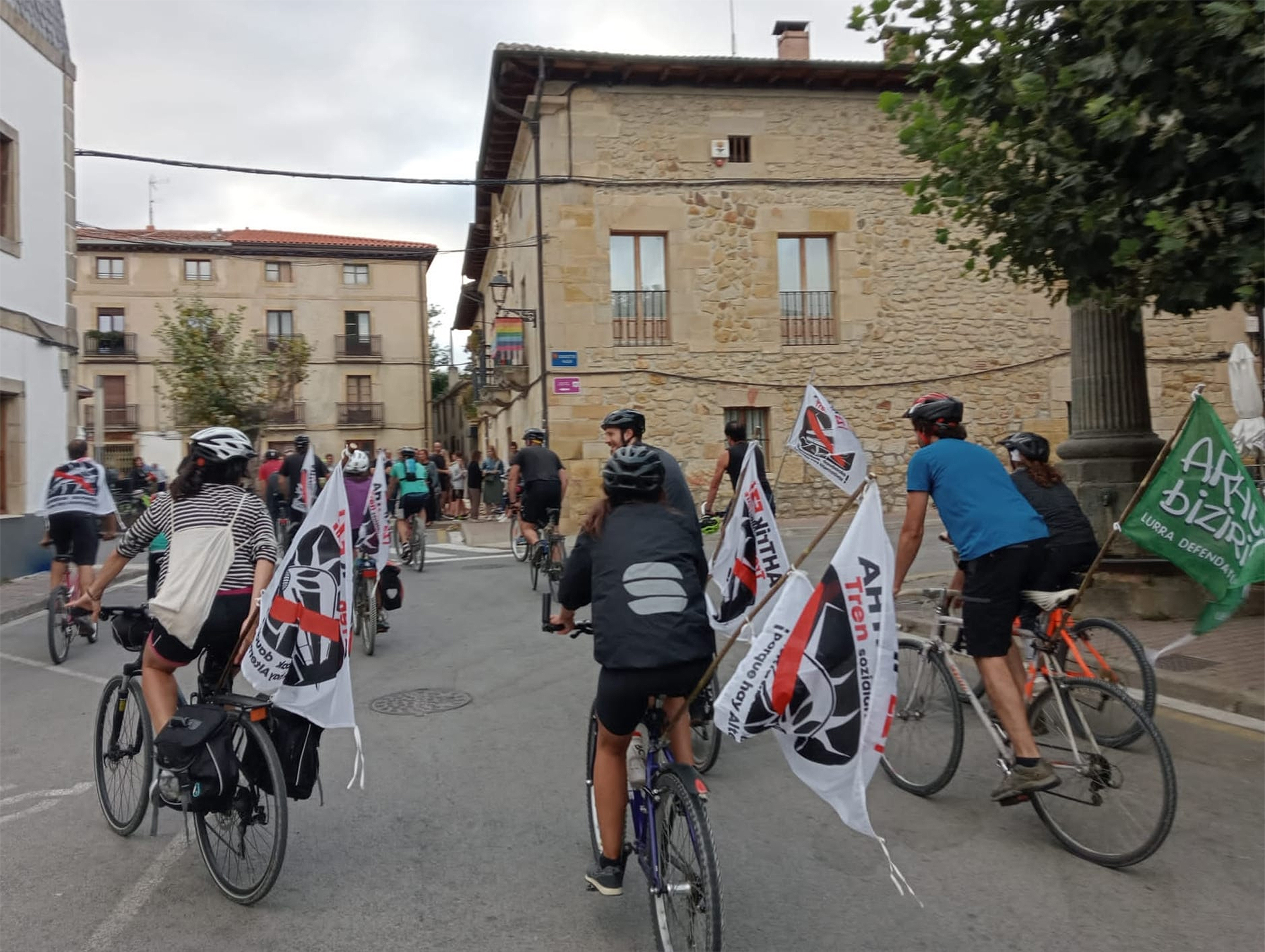TAV kills a hundred year train network in Europe
- We have been sold the fast train as a permanent alternative to polluting aircraft and as a tool for modernising the old railway network. Critics say it will bring the opposite. Will you bring it to me? The negative consequences of the APR are already clear: listen to an expert who has been moving for a long time through Europe’s rail network.
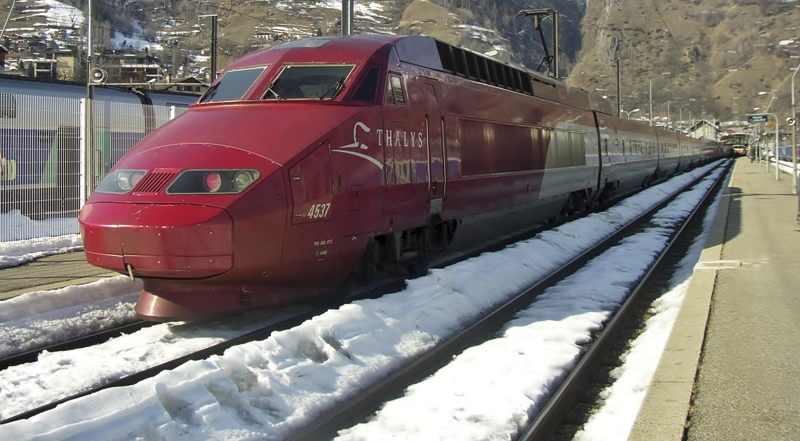
In places where a TAV model fast train enters it always influences the removal of other much cheaper trains and a little more lentos.El traveler is forced to use a new, more charitable means of transport or to leave the train. Consequently, business people or tourists do move from conventional air services to fast trains, but most of the population is forced to use the car, bus or low-cost flights.
Europe had already striven over the last hundred years to build a fast international rail network that would allow it to offer comfortable and fast journeys at an affordable price. Some of these services were also faster than the current TAVs. “Building fast trains for the elites was not necessary.”
This is summarized by Kris De Decker, Dutch based in Barcelona, which is the TAV. De Decker, who works as free-lance, publishes Low Technology Magazine and No Technology Magazine in Dutch, English and Spanish (late). As noted in the presentation of the project, “The main opinion that calls for a sustainable high-tech society considers that we do not have to change our current way of life. It's not realistic, but it sells well. However, changing life does not mean returning to the Middle Ages by relinquishing all current amenities. A smaller industrial civilization is also possible... And more fun!”
De Decker informed his readers five years ago that it would no longer fly, in an attempt to be consistent with the name of Low Technology Magazine. Since then, Europe has travelled from Helsinki to Malaga, from London to Budapest. But it recognizes that it is harder each year to stick to the promise. International journeys have been made more expensive by high-speed trains and yet many of the existing routes, as fast as the current ones, which were much cheaper, have disappeared.
De Decker has two tests he knows and suffers personally. The first is the railway line linking Amsterdam and Paris via the Belgian capital. In 1927 he joined the Etoile du Nord trains, travelling in eight hours the 545 intermediate kilometers. In 1957, I needed five and a half gardens, in 1971 five. In 1995, it was four hours and 20 minutes long, and if the other train was at night, it needed eight hours.
Etoile du Nord was removed in 1995 to replace Thalys, a fast train which is still circulating today. The trip was shortened at 3:19 a.m. Alternative night service was also lost. What about the price? At the time of Etoile du Nord there were standard prices at European level; today it would cost EUR 66. On the contrary, if you take Thalys, the propaganda says that it is 44 euros if you get one of the few tickets a long time ago, but on the same day it costs you 209, if you buy three weeks before you go 119-129. The conclusion: by winning a quarter in time, you have been multiplied by two or three tickets.
Is it better to take a cheap plane?
Even worse is the second conclusion that De Deck denounces: the fast train drowns all the alternatives. The journey of Thalys can be done in half price – 66 euros – using five different trains, on a complicated journey of 8 hours: “It’s an adventure.”
The second example is the journey between Barcelona and Paris. On December 15, the TAV premiered between the two cities. At the same time, the Trenhotel Joan Miró, which ran twelve hours in the evening, has been abolished. The new TAV will take you to Paris for 170 euros. Trenhotel Joan Miró at 70 euros and also saves a one-night hotel. The only alternative the new train can have is the connection at the regional level, complicated, long (16 hours)... and face.
As you live between Amsterdam and Barcelona, De Decker will have to pay €580 for the return trip to Spain in 2014. He was able to do it in 2013 for 360 euros, mixing Thalys and Trenhotel Joan Miró. “But in the 1990s, Etoile du Nord and Trenhotel could travel for €270 (calculating the price according to current rates). Since then, the price has doubled and the duration of the journey has remained approximately the same.” You haven't been told that by TAV propagandists!
But we are on the verge of further damage. With the opening of the fast line between Paris and Barcelona, the connection between Barcelona and Central and Eastern Europe is broken. Since the implementation of the TAV in 2010 between Montpellier and the border with Spain, the fast Talgo between Montpellier and Barcelona, which joined the Catalan capital until 1994 and Switzerland in 10 hours, have disappeared.
See more amazing comparisons. Until 2012, the Trenhotel Pau Casals that joined Barcelona and Zurich with the Milan Trenhotel Salvador Dali in Barcelona and Italy were the only ones to do so. Once they have disappeared, now to go to Milan or Zurich you need the same number of hours of travel (previously slept at night now) but twice as much.
Low-cost flights are the beneficiaries of this increase. Barcelona- The return trip to Amsterdam can be done by plane, instead of at Thalys, for EUR 580. In terms similar to the other capitals in which the TAV has been implemented, that is why De Decker says: “The masses are now aeroplane, the elite takes the train. (...) TAVs have the same problem as other ‘sustainable’ solutions, organised with sophisticated technologies: they are too expensive to generalize. Therefore, building a network of 10,000 kilometres of TAV will not paralyse European air traffic.”
Potential customers are switching from expensive aircraft to cargo trains, especially at mid-distance, when the train is as fast as the plane. Other people choose the low-cost airplane for long and short journeys by car or autobús.Solo take the TAV when approaching a long-flight airport or you can get a cheap ride. Few choose the fast train for a journey of more than five hours.
Europe, says De Decker, has to limit air traffic so that long journeys become sustainable. To do so, it needs a cheaper train network, like the one they are destroying now, “because otherwise travel will be a privilege of the rich.” Again.
Do not look for this connection from Ezkio or Altsasu, let alone crossing the Ebro River through Castejón. The connection, or rather the connections, between the Basque Y and the AVE of Navarre is already a reality. It is these links in the plural that should concern us and... [+]
EAE, Akitania Berria eta Nafarroak osatutako euroeskualdearen batzarra egin dute Iruñean martxoaren 25ean. AHT izan dute topaketaren ondoko agerraldiko aipagai nagusien artean eta Akitania Berriko ardatza Hego Euskal Herriko trenbidearekin lotzeko konpromiso politikoa... [+]
Datorren udaberrian, Stop AHT Zundaketak ekimenak bi urte beteko ditu. 2023ko maiatzean, ADIFek Itza, Sakana eta Goierriko udalei jakinarazi zien zundaketa geoteknikoak eta beste jarduketa batzuk egingo zituela AHTaren Nafarroako korridorea Euskal Y-arekin lotzeko alternatibak... [+]
Josu Estarrona EH Bilduko Arabako senatariak egindako galderari erantzun dio Espainiako Sustapen Ministerioak, eta hor berretsi du Ezkioko aukera zailtasunez beteta dagoela.
"Gasteiztik egin ezean, ez da egingo", adierazi du PSNren bozeramaile Ramón Alzorrizek. Kontra azaldu dira Geroa Bai, UPN eta PP.
In recent weeks we have been reading "proposals" for the recovery of the railway line Castec-Soria and the maintenance of the Tudela train station in its current location, or for the construction of a new high-speed station outside the urban area with the excuse of the supposed... [+]









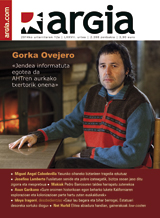

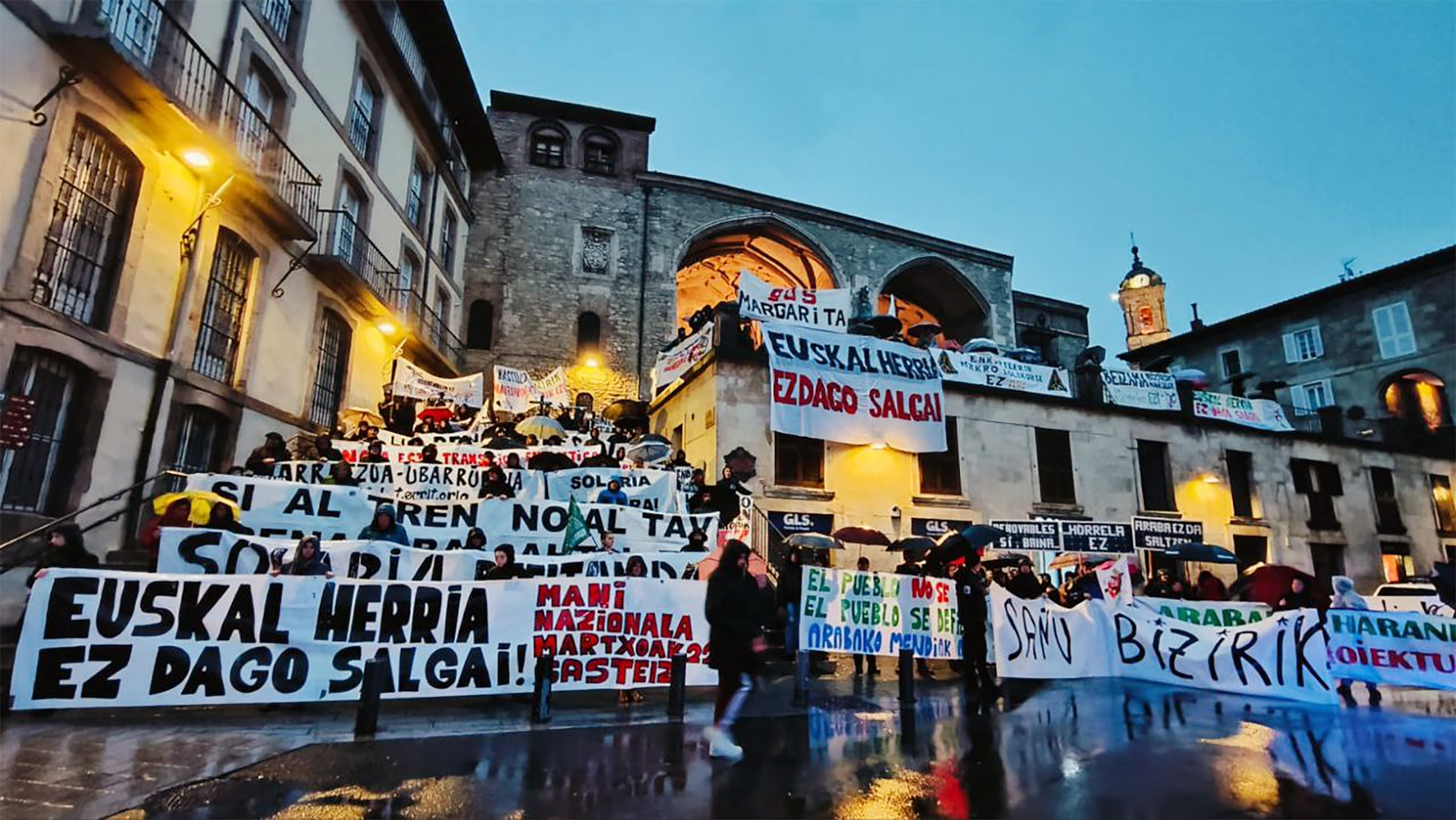
.jpg)

